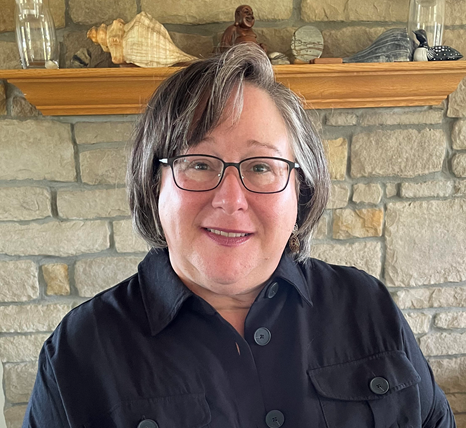Submitting tender documents is an essential step for any company looking to secure contracts in industries such as construction, government, and energy. A well-prepared tender submission can significantly increase your chances of winning valuable projects.
In this article, we break down the tender submission process into simple steps to help you submit your documents correctly and improve your chances of success.
Understand the Tender Requirements
Each tender comes with specific requirements tailored to the project's needs. The first step is to thoroughly review the tender documents and guidelines provided by the issuing entity. These documents outline the tender submission process, evaluation criteria, deadlines, and other essential details. By understanding these requirements, you can ensure your submission meets the necessary criteria and is tailored to the expectations of the project.
Key Tip: Create a checklist based on the tender’s requirements to track and organize essential tasks as you progress through each step.
Prepare the Required Documents
After understanding the requirements, gather all the documents needed for the tender submission. Typically, these documents may include:
- Company Profile – Details about your company’s background, expertise, and past experience.
- Financial Statements – Documents that verify your financial stability.
- Technical Proposal – An outline of how your company plans to complete the project, including methodologies, timelines, and resource allocations.
- Pricing Information – A breakdown of costs associated with your proposed services or products.
Make sure all documents are formatted correctly, comply with any specified length requirements, and address each aspect of the tender requirements.
Write a Strong Tender Proposal
The tender proposal is the core of your submission. It should clearly explain how your company meets the requirements of the project, emphasizing your strengths and differentiators. Ensure your proposal is structured logically, including an introduction, objectives, project plan, and conclusion. Where applicable, include case studies, testimonials, or samples from past projects to showcase your track record.
Tip: Use clear and precise language to communicate your value proposition, ensuring that each point aligns with the tender’s evaluation criteria.
Complete and Review Financial Details
In addition to the technical proposal, you’ll need to provide accurate and competitive financial details. Your financial submission should include a complete pricing breakdown that reflects both your costs and profit margins. Inaccurate or incomplete financial data can lead to disqualification, so ensure all figures are correct and well-documented.
Ensure Compliance with Legal and Regulatory Requirements
Many tenders, especially those for government or large-scale projects, require specific legal and regulatory documentation. Make sure to provide up-to-date licenses, certifications, insurance policies, and any other necessary legal documents. These documents assure the issuing organization of your company’s compliance with industry standards and legal requirements.
Finalize and Organize Your Submission
Before submitting your tender documents, make sure everything is organized, labeled, and easy to navigate. Include a cover letter that briefly introduces your company and expresses your interest in the project. Arrange the documents in the order specified in the tender guidelines, using sections, page numbers, and tabs as necessary for easy access.
Submit by the Deadline
Timing is crucial in the tender submission process. Late submissions are often disqualified, so plan to complete your tender documents well before the deadline. Consider submitting a day or two early to account for any unexpected technical issues or other delays. Once submitted, confirm that your tender was received and properly logged by the issuing entity.
After Submission: Awaiting Evaluation and Feedback
After submitting your documents, the evaluation process begins. Tender evaluations can take time, as each submission undergoes a thorough review. The issuing entity will assess your submission against the evaluation criteria, which may include financial competitiveness, technical expertise, and compliance. If selected, you may be invited for further discussions or presentations.
Tip: Even if your tender is unsuccessful, request feedback to understand areas for improvement, helping you refine future submissions. Also, you could consider taking the next step, with the help of response software, you can streamline future submissions and respond with greater consistency and much more confidence.












